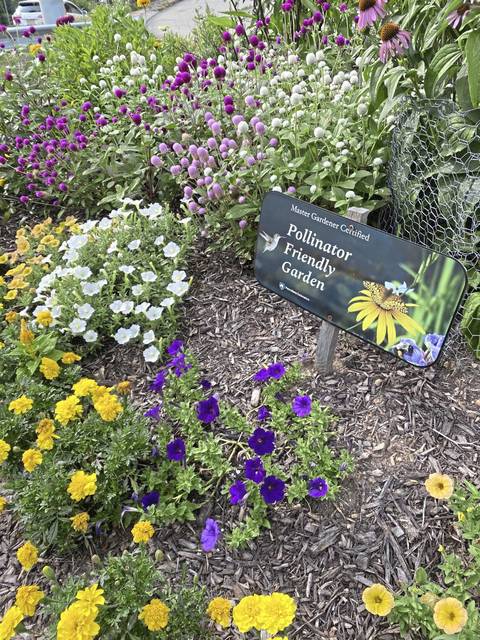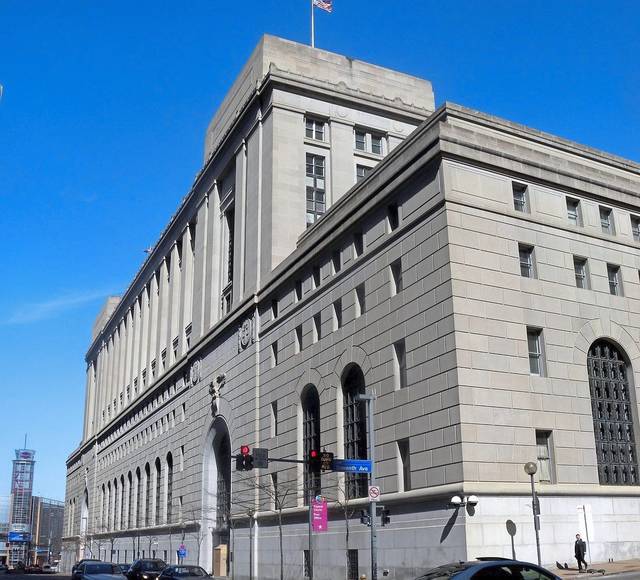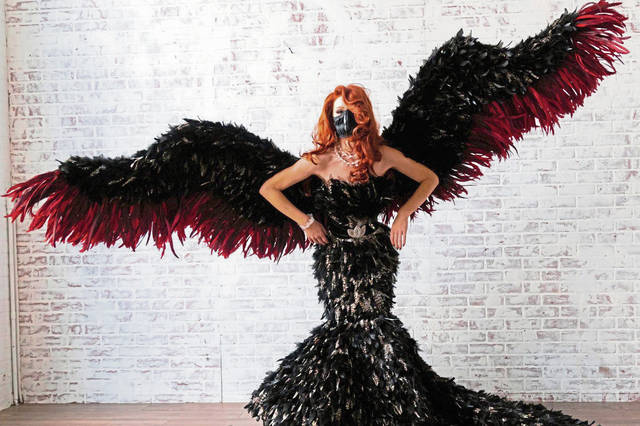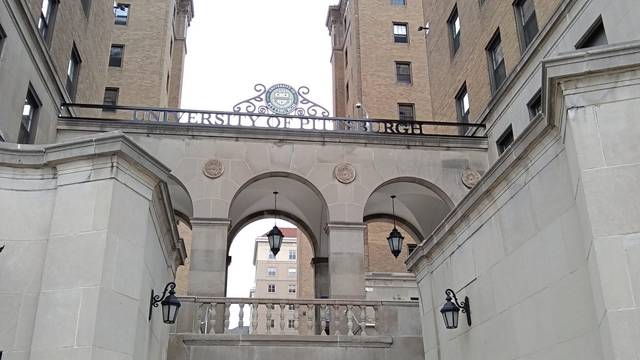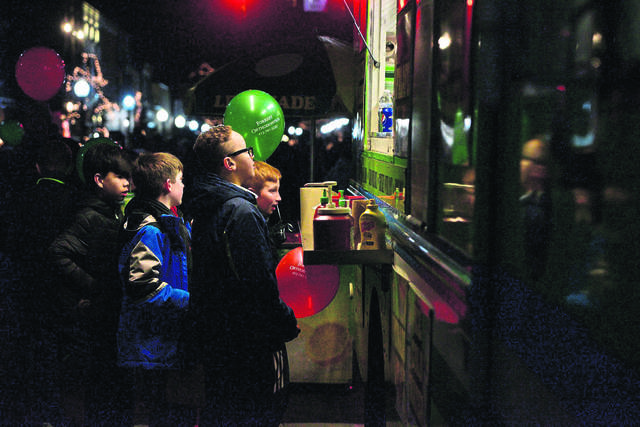This month marks the 100th anniversary of the day the 19th Amendment became law in the United States.
On Aug. 26, 1920, following a battle seven decades long, American women were granted the right to vote.
Not everyone is aware that suffragists adopted purple, white and yellow as the colors of their movement and planted flower gardens in those hues.
In honor of the centennial celebration, the Forest Hills Late Bloomers Garden Club is resurrecting the tradition in five gardens. They’re filled with purple, white and yellow flowers, including the large pollinator garden at Ardmore Boulevard and Morrow Road.
Miriam Meislik, a club member who is also a member of the Pittsburgh Suffrage Centennial Committee, said the colors have a meaning behind them.
“In England, they used green, white, and purple for giving the right to vote. The colors represented things like loyalty, freedom, purity and hope,” Meislik said.
“In America, we replaced green with gold, and that was to represent the sunflower in a suffrage referendum campaign. Gold was for hope, purple stood for loyalty and white for purity.”
Club president Barbara Martin, a certified master gardener, said the process of putting this tribute together has been a labor of love recognizing a cherished moment in history.
“We’re all women in the garden club — not that men aren’t permitted, you understand,” said Martin. “But the right to vote means a lot to all of us. And the fact that it’s a hundred years, and that a hundred years ago women were fighting and some of them even died for this right, we wanted to honor them and thank them for their service.”
It was Meislik’s idea to plant flowers in honor of the suffrage centennial. She said it wasn’t too difficult finding flowers in the appropriate colors.
“The club liked the idea, and everybody just decided to run with it. We did plant sunflowers and marigolds in our garden to stand for the gold and represent that historic referendum campaign from the 1800s,” Meislik said. “We have purple ping pong gomphrena, white ping pong gomphrena, and purple giant zinnias and white giant zinnias. It’s really beautiful.”
Meislik hopes the colors will not only draw attention to the garden but also invite people to think about what those colors mean.
“It’s a way of honoring the women who came before us and the men, because there were men that were part of the suffrage movement as well, who were involved in the struggle to get women the right to vote,” Meislik said. “It was a struggle, a long struggle.”


